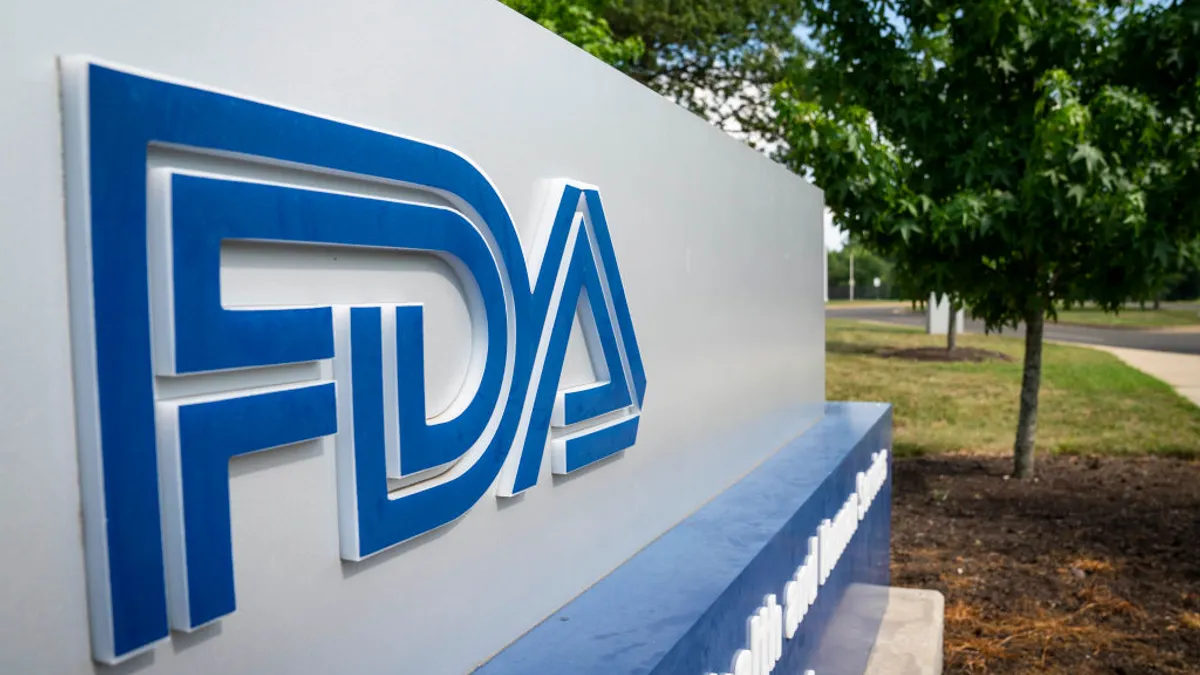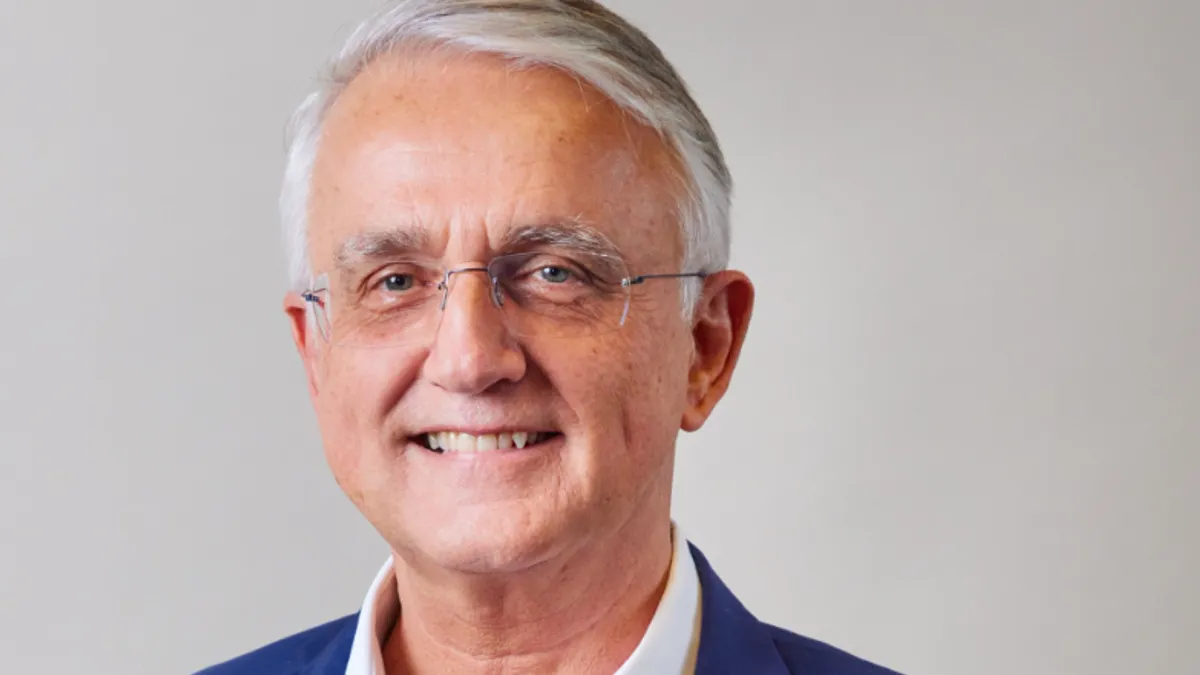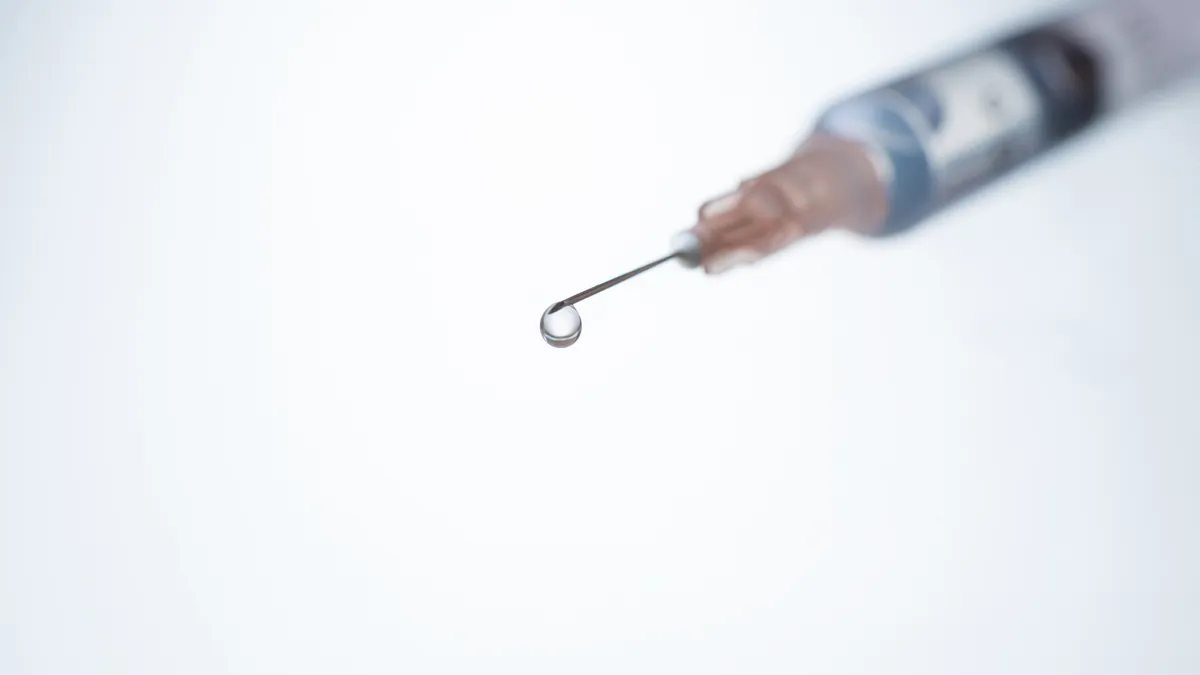 We’ve been talking about the value of real-world evidence (RWE) for years. A myriad of new data sources is being developed and linked, and a core set of analytic tools are coming into use. We now see real-world data running the gamut from patient-generated data collected through wearables and social media, to electronic medical records, laboratory test results, and genomics. RWE provides insight about how patients actually respond to treatments in typical care settings, which may differ from responses in the controlled environment of a randomized clinical trial. RWE can be used to show regulators, payers and physicians that a treatment is right for a specific condition and type of patient, and that it is better than available treatments in some way, such as effectiveness, safety or tolerability. RWE can also dash the hopes of once-promising treatments when benefits don’t translate to real-world settings.
We’ve been talking about the value of real-world evidence (RWE) for years. A myriad of new data sources is being developed and linked, and a core set of analytic tools are coming into use. We now see real-world data running the gamut from patient-generated data collected through wearables and social media, to electronic medical records, laboratory test results, and genomics. RWE provides insight about how patients actually respond to treatments in typical care settings, which may differ from responses in the controlled environment of a randomized clinical trial. RWE can be used to show regulators, payers and physicians that a treatment is right for a specific condition and type of patient, and that it is better than available treatments in some way, such as effectiveness, safety or tolerability. RWE can also dash the hopes of once-promising treatments when benefits don’t translate to real-world settings.
We are seeing tremendous growth in the use of RWE in the U.S. and Europe — not only to satisfy post-marketing safety commitments, but increasingly for re-evaluation of medical products after marketing, including label expansion and even approval of new molecular entities. Moreover, payers are using RWD as payment models shift to performance-based pricing and other new approaches.
The focus is shifting from the “real world" writ large to the more personalized version — my world — a subset of highly relevant data for various situations and types of patients. For example, RWE provides context and quantification of many important issues we face in developing targeted therapies, from identifying unmet medical needs to defining the patient journey to establish the benefit of treatments.
We use RWE to support clinical development of medical products by optimizing protocols through quantifying the impact of inclusion/exclusion criteria and by data-driven site recruitment based on known characteristics of patients and physician prescribing patterns, which enhance the likelihood of timely enrollment and trial completion. RWE also helps contextualize clinical trial data for niche conditions where it is neither feasible nor ethical to randomize patients.
Regulators Offer Guidelines and Frameworks
Regulatory interest in RWE is undeniable. In the U.S., the 2016 21st Century Cures Act, emphasized interest in using RWE to support regulatory decision-making, including approval of new indications for approved drugs. This was followed in 2018 by the Food and Drug Administration release of its RWE framework for study design and data quality. Formal FDA guidance is due in 2021.
In Japan, the Pharmaceuticals and Medical Device Agency announced plans to release RWE guidelines in March 2020.
China’s Center for Drug Evaluation leaped ahead of other regulatory agencies by releasing RWE guidelines in January 2020. Chinese guidelines include insights into how RWE will be evaluated and offers scenarios where RWE would support regulatory decisions for adding to or modifying a label; changing dosage, dosing schedule or route of administration; adding new applicable groups, etc. This guidance also addresses pragmatic randomized trials, noting that placebos should not be used and that the focus should be on clinical endpoints, not surrogate endpoints. The guidelines also note that treatment blinding is not  expected in most situations and call for attention to measuring and controlling bias through trial design and analytic methods. They provide an example of a label expansion for a cancer drug that was based purely on medical record review — a sensible decision where RWE offered an efficient, economical and reliable solution.
expected in most situations and call for attention to measuring and controlling bias through trial design and analytic methods. They provide an example of a label expansion for a cancer drug that was based purely on medical record review — a sensible decision where RWE offered an efficient, economical and reliable solution.
The European Medicines Agency is perhaps the most advanced regulatory agency in terms of investment in understanding how to use big data, another popular term for RWD. In February 2019, the EMA, in collaboration with the Heads of Medical Agencies, released its big data report, which showed great depth in the consideration of RWD applications. In January 2020, the HMA/EMA released a second report (HMA-EMA Joint Big Data Taskforce Phase II Report) with an explanation of their thinking about infrastructure developments needed to facilitate regulatory use of RWE, including data privacy and data sharing, ethical and secure governance frameworks and the modernization of delivery of expert advice. The report emphasizes that “[w]hile randomized, double-blind, controlled clinical trials will remain the reference standard for most regulatory use cases, the complementary evidence that new big data sources generate may facilitate, inform and improve our decisions," a theme echoed by regulatory agencies worldwide.
RWD is Messy, Pharma Must Adapt
Despite the demonstrated benefits and regulatory interest, the pharma industry has been slow to trust the use of RWE for regulatory submissions outside of pharmacovigilance and drug safety.
This hesitancy is not surprising, especially considering the evolving regulatory guidance on these matters. Using RWE represents a sea change in the way data are collected, vetted, and applied in clinical research. The current generation of pharma leaders have experience with traditional approaches — where RCTs reign supreme as the pinnacle of quality in the evidence hierarchy and everything else falls short.
This paradigm won’t be easy to change.
Healthcare data captured in real-world settings is not controlled and rarely validated. It inherently has greater variability due to the naturalistic nature of its creation and the diverse contributors.
Data are generally unstructured and incomplete, forcing researchers to fill in gaps through data mining or statistical techniques like multiple imputation of missing data. It can be challenging to capture fragmented care provided by various providers for services that may or may not be covered by traditional insurance products. These known and unknown factors understandably make traditional clinical researchers uncomfortable.
And while regulators have shown great interest in using RWE and have a long tradition of its use for safety surveillance, using RWE for regulatory decisions about effectiveness is still largely uncharted territory.
For an industry so strongly guided by Good Clinical Practices and related standard operating procedures, it is particularly challenging to operate without agreed-upon steps to assure that RWE will be considered good enough to be relied on by regulators, including when and what validation is needed. For example, is it enough to know that patients were prescribed a drug, or do researchers need to prove they took it? Do risk factors like alcohol and drug use need verification, or should researchers simply acknowledge likely underreporting and use statistical approaches to quantify the potential impact of these crudely measured confounders?
Most researchers schooled in traditional approaches to clinical research won’t like the answers to these questions.
The value of RWE is that it relies on data collected in the natural course of patient care or directly from patients. The economics of the approach support utilization of large population data to evaluate long-term benefits and risks, even rare events, and to study diverse and sometimes small subgroups. Getting to “my world" relies on the ability to sort through lots of data to find the appropriate combination of personal characteristics that can influence how much patients are likely to benefit or be harmed. The value proposition for RWE is diminished as the cost of data generation increases, for example, with the introduction of extensive validation steps, so researchers need to be choosey about what, when and how they check RWD.
Lower Cost, High Reliability for Some Applications
The good news is that RWE studies are far less expensive than RCTs but still deliver valuable and reliable results. Consider the Patient-Centered Outcomes Research Institute’s ADAPTABLE study. This pragmatic trial of some 15,000 patients is designed to evaluate whether low dose daily aspirin (81 mg) is more effective than higher doses (325 mg) in preventing heart attacks and strokes in people living with heart disease. Designed with guidance from patients and clinical researchers, the results could improve care for millions of people at-risk. The project is expected to cost about $18 million in contrast to a classical cardiovascular outcomes trial of a similar size that would cost on the order of $500 million.
Friends of Cancer Research recently completed a validation study using RWD from six U.S. “research-ready" (aka, experienced) centers. Researchers used a common protocol to study patients with advanced non-small cell lung cancer previously treated with immune checkpoint inhibitors.
They assessed real-world endpoints, including overall survival and time-to-next-treatment (a real-world proxy for time-to-progression) and compared the RWD results to clinical trials with similar patients. The RWD included medical claims and EHRs and were found to be generally consistent across all six centers and with what had been observed in RCTs.
While many studies have demonstrated the usefulness of RWE to quantify the comparative benefits and risks of medical products outside of a clinical trial setting, RWE is not a panacea. Even when a treatment changes some aspect of pathogenesis, that may not translate to real-world benefits. It may take longer to detect real-world clinical benefits than surrogate changes, e.g., improvements in survival vs disease progression. Also, signals can be hard to detect in the noise of RWD, so RWE is generally more likely to be useful for detecting larger benefits (or risks), like a doubling in the rate of improvement for the endpoint of interest.
RWE will never replace RCTs. But these studies can supplement information gathered in a controlled clinical setting to provide a more robust picture of safety and effectiveness and may reduce the time and cost of drug development.
Talk to Regulators About RWE Before You Act
The challenge now is to learn when regulators will accept RWE, and what is necessary to ensure an acceptable level of quality. Pharma leaders can minimize the risks of using RWE by consulting with regulators prior to initiating studies intended to support new approvals or broadened use, and gathering feedback about their plans before protocol finalization and data collection. Taking such steps as part of trial design gives pharma the opportunity to make the case for their research methods and data, respond to regulators’ concerns and minimize the risk of running real-world studies that won’t be viewed as reliable.
RWE is here and poised to become an integral part of clinical research. Pharma leaders who get behind RWE now will be best positioned to bring safe and effective products to market faster and to help advance medical decision-making for clinicians and patients. Time to get on board.(PV)
From research to real world, IQVIA weaves together the technologies, resources, and expertise our customers need to rise to the next opportunity. To look beyond what’s expected. To advance human health with newfound confidence.
For more information, visit iqvia.com.















